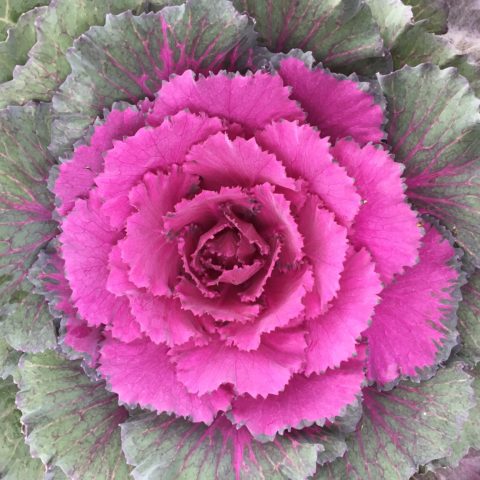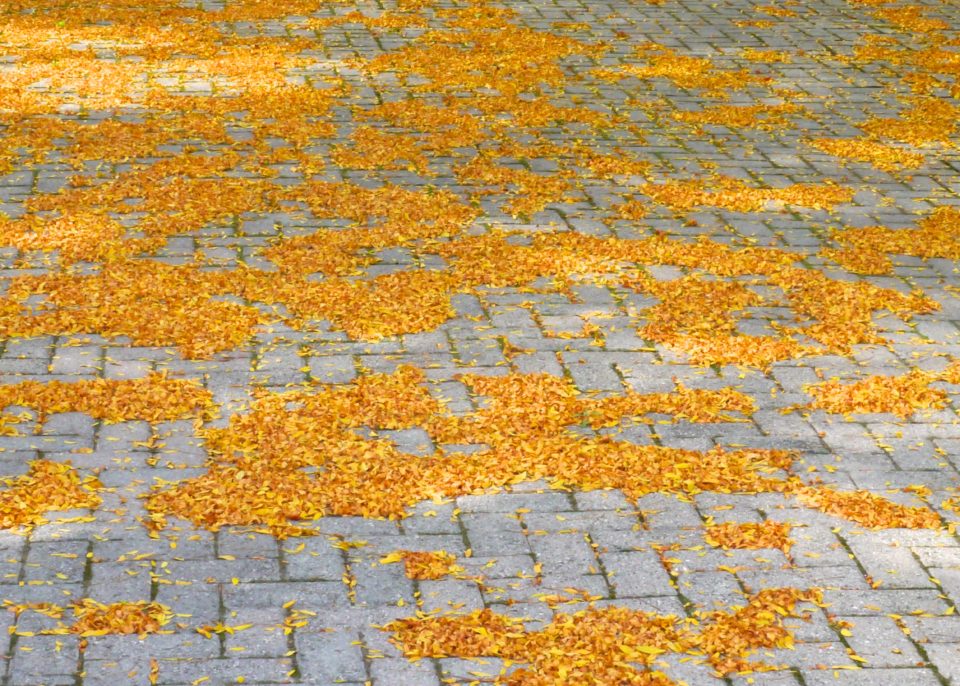 Do you trust yourself? I mean, really trust and listen to yourself above all of the other voices around you? I’ve found through my everyday life and in my workshops that many don’t. And, I can be as guilty of it as the next person.
Do you trust yourself? I mean, really trust and listen to yourself above all of the other voices around you? I’ve found through my everyday life and in my workshops that many don’t. And, I can be as guilty of it as the next person.
Do you sometimes feel as if you don’t measure up? Do you look for feedback from others about what you should do or how you should change? Are you thinking that you should be further along than where you are?
In the photography world, this type of thinking is especially prevalent. With the number of images posted every day, there will always be photographs better than ours. We get into the habit of constantly comparing ourselves with others and taking courses in order to “get better.” We spend a lot of time wishing for new gear.
Do you get frustrated with your progress and forget why you started photographing in the first place – for the joy of it? Part of my job as a workshop facilitator is to help others remember why they photograph. And, to learn to trust themselves and see that their best work is right inside of them. In other words, to befriend and listen to their inner teacher.
Who is this person and how do we find her?
The inner teacher goes by many different names — higher self, true self, true nature, soul, etc. It is the source of truth and wisdom; a still, small voice that has something important to say if only we would listen.
Let me be clear. I do not believe that our inner teacher is our intuition. This important way of knowing is felt in the body when we recognize patterns, consciously or sub-consciously, and we create a story to explain the pattern. Our intuition should be recognized and acknowledged but the story we create may or may not be true (see Intuition versus Perception).
The inner teacher goes deeper than the knowing of intuition and reason. To me, it is our core self, the part of us that is unchangeable. It lies beneath our cultural conditioning, our desire to be liked and to fit in. Your inner teacher lies beneath your fears, judgments, opinions, and beliefs; beneath your likes and dislikes and interests.
The inner teacher is you, unfiltered.
* Knows what you most desire and need.
* Knows what lights you up and makes you feel alive.
* Always seeks the highest good for all.
* Is sometimes eccentric and quirky.
* Sometimes shouts, but often whispers.
* Doesn’t care what anyone else thinks.
* Accepts that you’re exactly where you need to be now.
* Plants and nurtures seeds.
* Is brilliant and creative.
* Inspires you to act.
The inner teacher often speaks up at the most unexpected of times. In 2009, I was listening to a podcast interview with businessman Seth Godin, someone I’d not heard of before. He was talking about an online writing platform he’d co-founded, called Squidoo. Something inside told me that this is what I needed to grow and I decided to act.
After checking out the site, I tested it out, publishing my first article that day. For the next four years (sadly, Squidoo no longer exists), this site gave me the opportunity to practice writing about my many interests on a regular basis. I discovered a vibrant online community there who taught me about blogging and the online world. This experience provided the foundation for the website and blog I have today.
Sometimes, acting on the advice of our inner teacher can be uncomfortable, for example, when we have to say no and disappoint someone or speak up and take a difficult stance. Sometimes, it invites conflict and sometimes it means walking away from a relationship. The highest good in a situation is not always easy to bear. Yet, the price paid for not speaking truth, not honouring yourself, is even higher.
Your Inner Photography Teacher

Once you start listening to your inner teacher, you will begin to reveal your true photographic voice. But, how do you start? Through contemplation – a way and practice of seeing that aligns your eye, mind, and heart.
We see physically through our eyes and all of our other senses, including our intuitive or sixth sense. We see mentally through our our thoughts, ideas, beliefs, memories, and experiences. We see with the heart when we’re able to identify and feel the emotions in any given situation. Yet, it’s when we notice resonance – a vibration or energy that says “here is something that touches me and I need to pay attention,” that we tap into our inner teacher.
I’m sure you’ve had the experience in photography where something stops you in your tracks but you move on because it isn’t a conventional photograph. Maybe you think you have to go to an exotic location to photograph or that you can only photograph certain subjects, considered beautiful. Personally, I think we’re inundated with beautiful and technically perfect photographs from amazing locations. So much so that it’s taken away the awe factor for me. When I’m in an exotic, beautiful place I’d rather soak in the experience. I’ll still take the postcard shot, but then you’ll find me exploring the small details, the ordinary wonders within a twenty foot circumference of where I’m standing.
Your inner teacher will encourage you to move beyond your judgments that say something is a worthy subject or not. To the inner teacher, everything that resonates is worthy. And that what is worthy to you is worthy. It may be outside the norm, but who cares? Much of the great art in the world was considered out of the norm at the time.
What I’m interested in seeing photographically is your unique point of view. I’m interested in what lights you up. What do you see in your everyday life that no one else sees? This is where your photographic voice shines through.
3 Ways to Listen to your Inner Teacher
1. Pause and be still. Practice presence. Notice any filters that get in the way of listening.
2. Pay attention to what resonates with you. This feels like a vibration or energy in your body or sounds like a quiet voice inside. Acknowledge and honour this voice by not judging or dismissing it. Hear what it has to say.
3. Respond when you’re ready. Trust the voice and test it out by acting on the impulse. Photograph what you see, hear, feel. Write about the experience if you’re so inclined. This helps bring clarity to your voice.
By slowing down, pausing, noticing what resonates and not judging it, you will tap into your inner teacher. Through this practice, you will discover the photographs that matter, the ones that make your heart leap; the ones that feel alive.
Do you listen to your inner teacher?
For an exercise on seeing with the heart, check out this post – What Your Images Say About You. Please consider joining me for an online visual journaling workshop, Once Upon a Time: Your Photographs have Stories to Tell.
See also: What is a teacher for?, Trusting your Photographic Voice, and Sharon Salzberg on A Movement into the Truth of our Own Experience.
A thought provoking post all about our inner teacher and so beautifully illustrated with your lovely images. Our images certainly do tell us, and others, a great deal about ourselves.
In the characteristics of the Inner Teacher, I love the idea of eccentric and quirky and doesn’t care what anyone else thinks! Also: “Accepts that you’re exactly where you need to be now.”